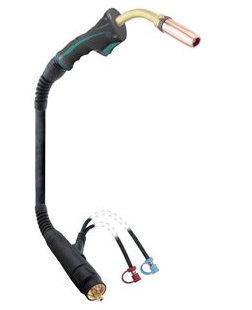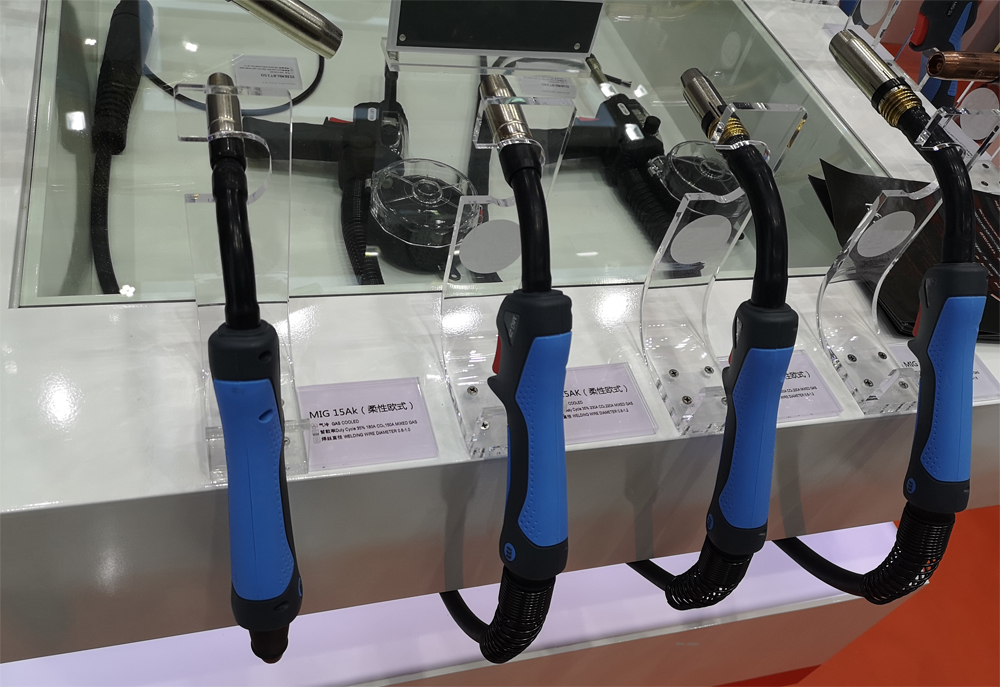Welding guns are essential tools in various industries, enabling the fusion of materials through intense heat. But how hot does a welding gun actually get? Understanding this is crucial, as knowing the heat levels involved in welding can impact safety, material selection, and even the quality of the weld. This article will provide insights into the heat range of welding guns, factors that influence temperature, and safety considerations, ensuring both user experience and optimal search intent for those seeking detailed information on welding temperatures.
Temperature Range of Different Welding Guns
Welding guns operate at temperatures that vary based on the type of welding being performed. For instance, MIG welding guns usually reach temperatures between 1,500 to 3,000 degrees Fahrenheit (815 to 1,649 degrees Celsius), which is sufficient to melt metals such as steel and aluminum. On the other hand, TIG (Tungsten Inert Gas) welding, known for precision and clean welds, can reach temperatures up to 3,000 degrees Fahrenheit (1,649 degrees Celsius) but is often set to lower temperatures to maintain control and accuracy.
Arc welding guns, including stick welding, can produce even higher temperatures. With arc welding, temperatures can soar up to 6,500 degrees Fahrenheit (3,593 degrees Celsius). This extreme heat is essential to melt through thick metal sections quickly but requires considerable safety measures due to the high risk involved.

MIG Welding Gun
Factors Influencing Welding Gun Temperature
Several factors affect the heat output of a welding gun. First, the type of welding process plays a significant role. Processes like plasma welding or arc welding demand higher temperatures, while TIG and MIG welding may operate at lower temperatures, depending on the material thickness and desired weld characteristics.
Second, the material being welded can influence temperature. Materials like stainless steel or cast iron require higher temperatures to achieve a clean, solid weld, whereas aluminum, which has a lower melting point, might not need as much heat.
Additionally, settings on the welding machine impact the heat generated by the welding gun. Voltage, amperage, and wire speed (in MIG welding) control the intensity of the weld. Increasing any of these settings generally increases the heat, although each should be adjusted carefully to avoid overheating or burn-through, especially on thin materials.
Why High Temperatures Are Necessary in Welding
The reason welding guns need to reach such high temperatures is due to the nature of metal bonding. To effectively join two metal pieces, the welding gun must melt the base metals, forming a molten pool that fuses as it cools. This fusion process requires temperatures well beyond the melting point of the metals in question, ensuring the weld is both strong and durable.
Inadequate heat can lead to poor bonding, causing welds to break or deteriorate over time. For critical projects, such as structural or load-bearing constructions, a weak weld could be catastrophic, highlighting the importance of achieving the proper temperature for each weld.

Welding Gun
Safety Precautions for High-Temperature Welding
Due to the intense heat of welding guns, it’s essential to follow strict safety guidelines. Protective gear, including heat-resistant gloves, welding helmets, and flame-resistant clothing, is crucial to shield the welder from the high temperatures and potential spatter.
Maintaining a safe distance from the welding arc and ensuring the welding area is clear of flammable materials are also important steps in preventing fires or burns. Welding in well-ventilated areas reduces the risk of inhaling fumes, which can be harmful when welding certain metals at high temperatures.
Regular maintenance of the welding equipment is equally vital. Overheated guns and cables can cause equipment failure or accidents, so inspections before use ensure both safety and effective performance.
Frequently Asked Questions about Welding Gun Temperature
Q: What happens if a welding gun gets too hot?
If a welding gun overheats, it can lead to equipment damage, including worn-out tips, cables, and potential power source issues. Additionally, an overheated welding gun can compromise the quality of the weld, making it weak or brittle.
Q: Can different metals affect the welding temperature?
Yes, different metals have unique melting points, affecting the required welding temperature. For instance, aluminum requires less heat than steel, so the temperature is often adjusted based on the metal type to achieve optimal fusion without burn-through.
Q: Are there ways to control welding gun temperature?
Welders can control the temperature by adjusting machine settings such as amperage, voltage, and wire speed. Additionally, using proper technique and ensuring the correct distance between the welding gun and workpiece helps regulate heat during the process.
Q: What type of welding requires the hottest temperatures?
Arc welding, particularly plasma arc welding, typically requires the highest temperatures, reaching up to 6,500 degrees Fahrenheit. These high temperatures are necessary for welding thicker or highly conductive metals.
Q: Why does the welding process need such high heat?
High temperatures are essential for melting the base metals and filler material, enabling them to fuse together. This high heat ensures a strong, durable bond, which is crucial for structural integrity and longevity.
In summary, welding guns reach high temperatures that vary based on the welding process, material, and equipment settings. Understanding and controlling these temperatures ensures quality welds and enhances safety, especially in industrial and structural applications where durability is paramount.
Everlight Trade can help you with all your welding needs, whether you are a novice or an expert - whether you are working on an arc weld or using a plasma torch.









